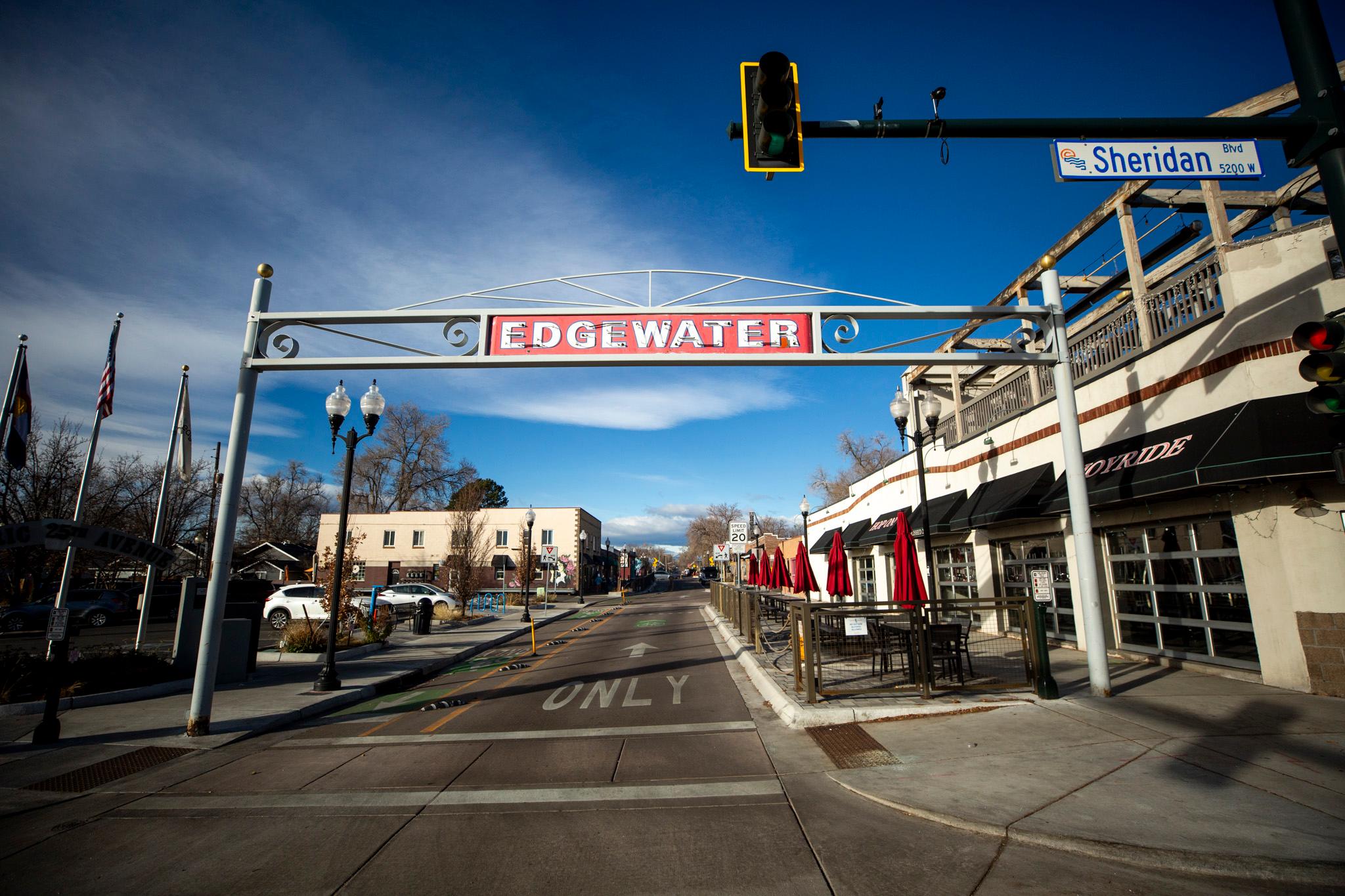Share
- Share "Imaginary%20Denverites%20project%20the%20city%E2%80%99s%20future%20and%20who%20builders%20hope%20might%20live%20here" on Facebook
- Share "Imaginary%20Denverites%20project%20the%20city%E2%80%99s%20future%20and%20who%20builders%20hope%20might%20live%20here" on Bluesky
- Share "Imaginary%20Denverites%20project%20the%20city%E2%80%99s%20future%20and%20who%20builders%20hope%20might%20live%20here" on Twitter
- Share "Imaginary%20Denverites%20project%20the%20city%E2%80%99s%20future%20and%20who%20builders%20hope%20might%20live%20here" on Reddit
- Share "Imaginary%20Denverites%20project%20the%20city%E2%80%99s%20future%20and%20who%20builders%20hope%20might%20live%20here" on LinkedIn
- Share "Imaginary%20Denverites%20project%20the%20city%E2%80%99s%20future%20and%20who%20builders%20hope%20might%20live%20here" on Whatsapp
- Share "Imaginary%20Denverites%20project%20the%20city%E2%80%99s%20future%20and%20who%20builders%20hope%20might%20live%20here" on Email























